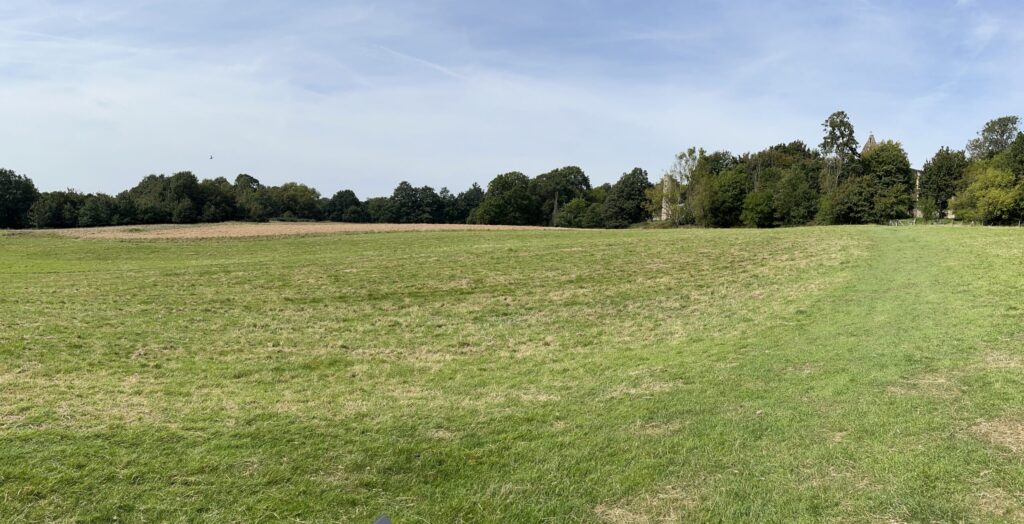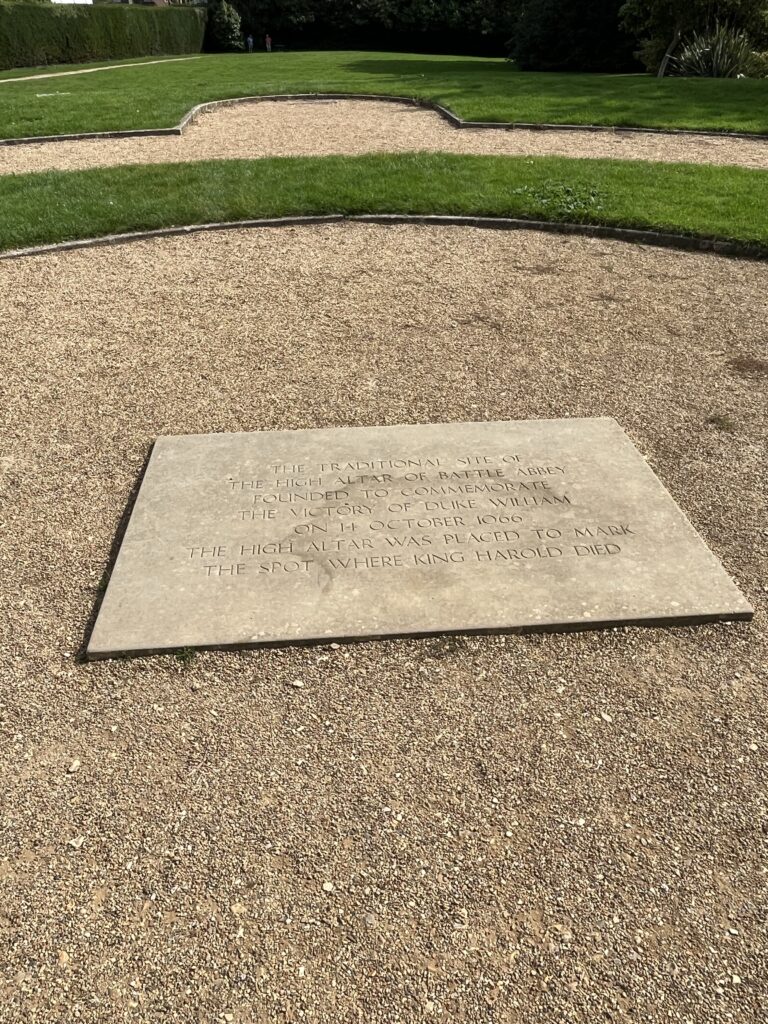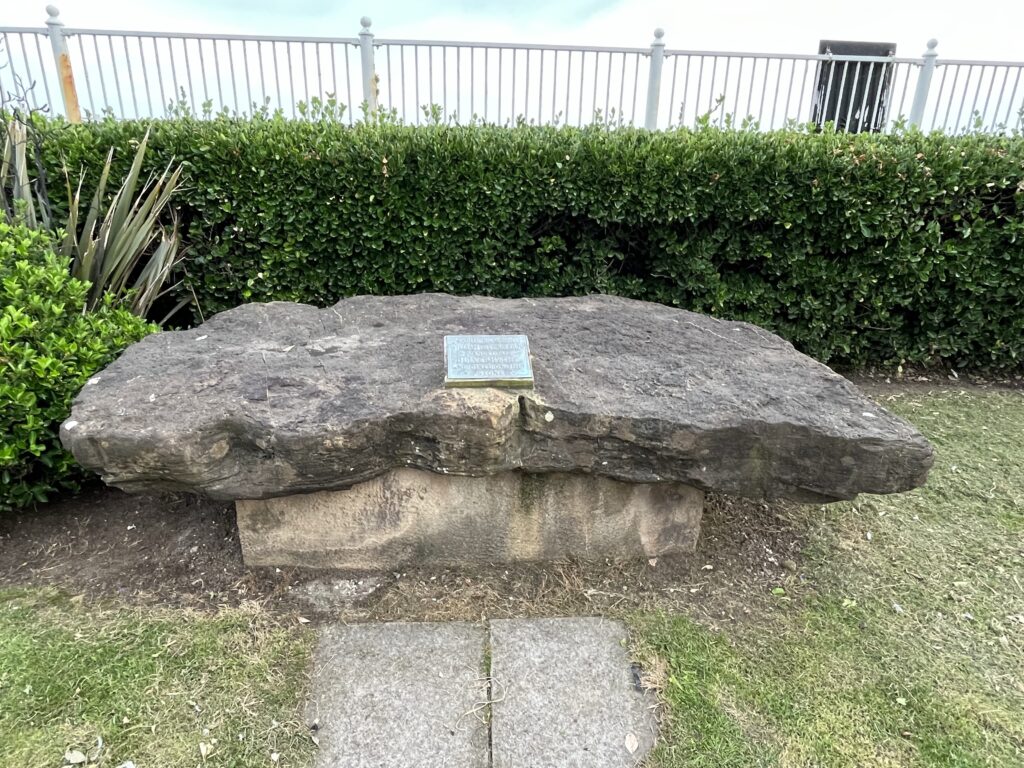
William the Conqueror was a devout Christian. He was married and faithful to one (Mathilda) woman, which is one of the best evidences of a medieval monarchs’s born again bona fides. William transformed England into a unified nation and, like Alfred, strengthened the church. William laid the foundation for an empire that would become, like the Roman Empire before it, the means by which the gospel would be taken to the far reaches of the world.
Our first stop today was Battle, 7 miles north of Hastings and the site of the Battle of Hastings. So, why didn’t they call it the Battle of Battle? I think because the name came after the Battle, although we were never able to confirm that because the GSB Research Division was too busy shopping.
William had a hereditary claim to the throne of England as a descendent of Alfred the Great and cousin to English king, Edward the Confessor. Edward promised William the throne, and Harold Godwinson, a rival to the throne, had sworn before God, William, and many witnesses in Normandy that he would not dispute William’s claim to the throne when Edward died.
However, when Edward died, Harold was present and alone with Edward and claimed Edward whispered to him his dying wish that he become king. This did not sit well with William. So, Williams checked with the Pope, who blessed William’s claim to the throne and his proposed military action against Harold.
In 1066, William landed with his army and traveled north of Hasting where he met Harold and his army. Before battle, William sent a monk to Harold with 3 alternatives to battle: 1) accept William as a king and be given a dukedom within England; 2) submit the dispute to arbitration before the Pope; or 3) engage in single combat with William, mano y mano, for the throne.
Harold should have chosen door #1. Instead he rejected all three. The battle lasted all day, and at the end of the day Harold had been killed and his army defeated. William, honoring Harold, had a church built and buried Harold under the altar in the church. At that spot is what is now called the Harold Stone.

After entering the grounds, we went to the Harold Stone. Only an outline of the church remains. Other buildings built soon after the battle remain, as does the battlefield complete with written narratives at each stop explaining the course of the battle.
The Battle of Hastings captures the character of William. He was willing to show mercy, allow Harold to save face, and avoid war if possible, but when it was clear what needed to be done, he was bold and courageous.
Such character traits rarely find their repose in a single man. Charlemagne and Alfred the Great, like Williams, are exceptions. Both characteristics, however, are present in God, and the Holy Spirit provides access to those characteristics to those who have received Him.
“God has not given us a spirit of fear, but of love, power, and self-control”
2 Timothy 1:7
Our second stop was to be on the coast between St. Leonard-by-Sea and Bulverhythe to see the “Conqueror’s Stone.” This is the stone found near the Norman landing in 1066 and upon which William supposedly dined upon landing. Hey, a man’s got to eat.

We drove back and forth between along the seawall consulting maps, the internet, and even the locals, who had no idea of what we were talking about. Finally, Ann found someone who told her the stone was in front of The Royal Victoria Hotel, and sure enough that’s where we found it. The Conqueror’s stone no longer marks the spot of William’s landing, which we never found that day, but finding the stone where this great man dined made our search more than worth the trouble. GS
